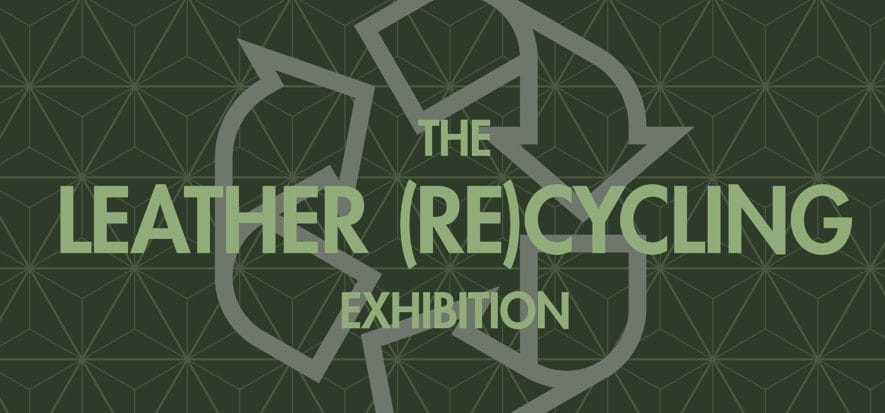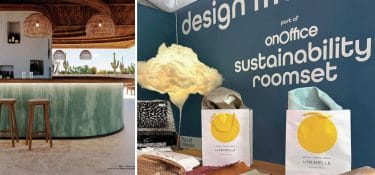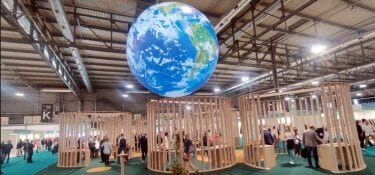Leather and its process are intrinsically disruptive: because they are circular by definition. And to further highlight, add-value and (most importantly) tell the genetic factor of the “leather material”, the fair has created an ad-hoc area. It’s called The Leather (re)cyclying Exhibition and is an educational and narrational incubator focused on the circularity on the tanning segment. This area will be very close to Lineapelle Innovation Square at the fair.
Win-Win
Last February, at Lineapelle96, Marco Valli of Confindustria, cited the findings of the GreenItaly 2018 report by Symbola and spoke of the tanning segment by describing it as “a process that is truly win-win, because production takes place with a reduced amount of waste for landfills, using less fuel and thus generating smaller quantities of emissions”. The Leather (re)cycling Exhibition will showcase the industry’s “philologically correct” practices during the three days of the event.
The Staging
Inside the “entry” area, The Leather (re)cycling Exhibition offers a progressive analysis of the process’ phases. What enters in a tannery is the waste by-product of the meat industry, and what comes out is a product that does crate waste, but that together with water and proper treatments, can be utilized in nature. Second step: the waste by-products of the tanning products that will be re-used, from shears to water, are shown inside the area. Third and last step of the exhibit: the products obtained from the “re-birth” of the waste: fertilizers, construction materials, gelatins, and collagens.
7 exhibitors
There are seven exhibitors of The Leather (re)cycling Exhibition, presented officially at 15:00 today with a brief seminar:
- Consorzio Aquarno (Santa Croce sull’Arno, Pisa) – Centralized water-treatment, mud-treatment and chromium recycling.
- Consorzio Cuoiodepur (San Romano/San Miniato, Pisa) – Centralized water-treatment and mud-treatment for fertilizers’ production.
- Consorzio SGS (Santa Croce sull’Arno, Pisa) – Organic fertilizers and bio-stimulants’ production plant via the treatment of sub-products of the tanning process.
- Dal Maso Group (Arzignano, Vicenza) – Company active in the recuperation of tanning waste and specifically for the treatment of the salt used for leather conservation.
- Officine Cartigliano (Cartigliano, Vicenza) – Planning and creation of tanning machinery and driers for the treatment of mud.
- Te.Co. (Santa Croce sull’Arno, Pisa) – Tanning Technology Center: material and chemicals’ testing lab, research activities, training, innovation and technology transferal
- Sicit Group (Arzignano, Vicenza) – International company active in the agricultural bio-stimulants and retardants for the gesso industry, along with the recovery of fleshings from the tanning process.










